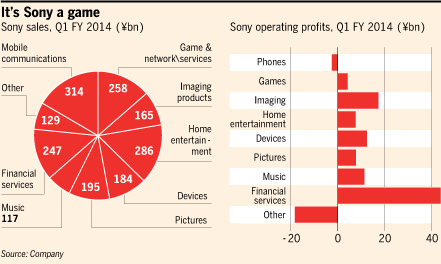Li esta história a 28 de Julho "
The two sisters running a bakery in a desert" e ainda não me saiu da cabeça. Consigo encontrar várias notas interessantes e paradigmáticas.
"the elder of the two, says she had no previous experience in agriculture."
Ainda ontem no Twitter favoritei a frase:
"In a situation when you know nothing, everything is a possibility."
Tudo começou com a recordação de uma experiência, algo não matematizável mas muito poderoso.
"Their business idea grew out of something their uncle told them - that in times gone by, the bread in this part of Spain tasted different.
It was a flavour he missed."
Por que é que o pão tradicional tinha perdido o seu sabor característico?
Porque deixou-se de cultivar trigo na região, as variedades mais produtivas, mais eficientes, mais abençoadas por burocratas em escolas, laboratórios e gabinetes do poder, não conseguiam crescer no deserto de Aragão.
.
O pão tradicional, com o seu sabor tradicional, era feito a partir de um trigo específico, adaptado à região:
"'For the seed we grow, the climate is perfect', two sisters explain why they started a bakery and are growing wheat in a Spanish desert.
...
They discovered that a type of wheat seed, known as Aragon 03, had been the secret behind the region's distinctly flavoured bread.
...
"Many people told us we were crazy for trying to run a business like ours in a [dry] place like this. But we found out that the seed we grow is perfect for this climate," says Laura."
E resultados?
"In the first year, their business lost lots of money, but by the third year they had broken even.
Now, seven years after they first started farming and baking, they own two bakeries and sell their products in eight others."
E recordando a frase favoritada:
""As my uncle used to say, you have to bend your knees and look closely. For example, I see opportunities where others don't.""
O tema da frase favoritada recorda-nos logo Gary Klein: "nós não vemos através dos nossos olhos mas através das nossas experiências", e "as nossas experiências produzem modelos mentais", modelos mentais que nos ajudam a perceber e a actuar sobre a realidade. A experiência é uma vantagem até... deixar de ser.
.
E quando é que a experiência deixa de ser uma vantagem?
.
Quando a realidade muda!
.
Aqui recordo as histórias de Laurence Gonzales e, como uma criança com 8 anos tem mais hipóteses de sobreviver na selva amazónica do que uma com 12 anos.
.
Quando a realidade muda, a experiência pode-nos fazer prisioneiros de um mundo que já não existe e impedir-nos de procurar novas respostas e a ver barreiras em todo o lado.
.
Leio esta história e vejo a desfilar perante mim o filme do século XX, o filme que levou a Magnitogorsk e à emergência de Mongo. Vejo o advento da Revolução Industrial, depois a chegada de Taylor e a propagação da religião da eficiência e da escala que culminam em Metropolis e no pós II Guerra Mundial com a produção e o mercado de consumo de massas. Toda a história económica do século XX pode ser resumida nessa busca da eficiência e da procura da subida no pico único da paisagem competitiva. Por exemplo, nos Estados Unidos em 1890 existiam cerca de 300 fabricantes de bicicletas, em 1905 já só existiam 12. Em 1920 existiam cerca de 1000 fabricantes de automóveis, em 1929 já só existiam 44. Depois, vejo a reacção a tudo isto com o advento de Mongo, com o exemplo da
cerveja:
A explosão da diversidade que nos está a fazer entranhar no Estranhistão.
.
Como sabem, sou um adepto do paralelismo entre a
biologia e a economia e, a biologia está cá no planeta há uns anos mais do que a economia, por isso, a biologia já passou por Magnitogorsk e há muito que vive em Mongo, recordar as
árvores cladísticas. Assim, não me espanta que de um lado tenhamos os sacerdotes da eficiência a tentar uniformizar o mundo e a padronizar o gosto, quando na realidade o mundo criou a biodiversidade por alguma razão.
.
Temas para reflexões nas empresas:
- não é a competir de igual para igual, numa suposta arena perfeita, no mercado da concorrência perfeita, que está o futuro das PMEs. É a aproveitar o que é diferente, é a alavancar o particular, o distintivo, o típico... é a tornar, a fomentar a concorrência imperfeita.
- quando ouvirem falar em teoria económica, em macroeconomia, em oferta e procura, pensem neste exemplo, pensem na magia que os muggles não conseguem entender...




































